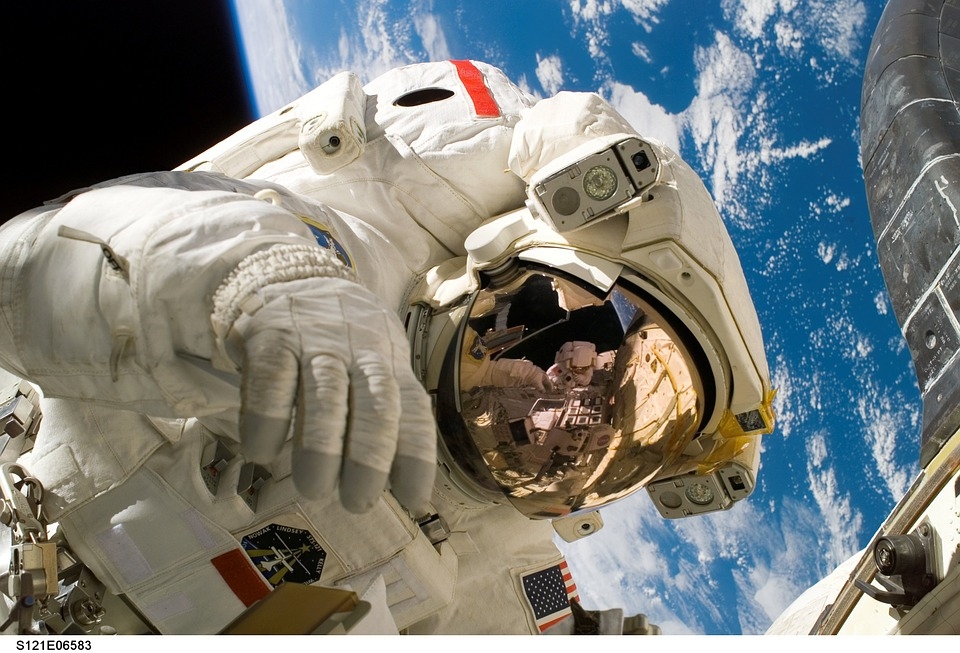US space agency NASA is currently preparing for the upcoming Mars mission alongside their other space exploration projects. However, despite the agency’s hopes of being able to reach the Red Planet, a scientist claims that Elon Musk’s SpaceX program will beat them to it.
Express reports that Dr. Robert Zubrin, a mathematician and aerospace engineer weighed in on who he thinks would be able to reach Mars first over the coming years. Speaking to Polish publication WP Magazyn, Dr. Zubrin said that the first humans to land on Mars will be from Elon Musk’s SpaceX program, due to Musk’s determination regarding the program alone. “I have no doubt about it. Even if one of his projects has a two or three-year delay, it will eventually be realized. His determination is enormous,” said Dr. Zubrin.
Zubrin continued to predict what the race to Mars would look like between the SpaceX program and NASA. SpaceX was started with the objective to make human life interplanetary by establishing an outpost on the Red Planet. Musk hopes that this would launch by 2023. In preparation for the upcoming missions, Musk and the SpaceX program are developing the spacecraft that could transport the first humans to Mars.
SpaceX has already announced their goals in their privately funded space trips. Their spacecraft referred to as a Starship, will be designed as a reusable transport system that can bring humans from Earth to the moon, and to Mars and possibly even beyond that. By 2022, SpaceX hopes to carry out its first space cargo mission, where they will confirm water sources and resources, spot potential hazards, and establish the initial infrastructure of power, mining, and life support. Their second mission is scheduled for a 2024 launch, where they can further layout the foundation of human civilization on the Red Planet.
Speaking of water sources, NASA’s Juno spacecraft discovered that 0.25 percent of Jupiter’s atmosphere is made up of water. This was a significant discovery considering that the gas giant was believed to be very dry when the agency was able to get a closer look at the planet through the Galileo mission back in 1995. This discovery would also shed more light as to how the Solar System was formed and would suggest that Jupiter was among the first, if not the first planet that formed and orbited around the Sun.



 If life exists on Jupiter’s moon Europa, scientists might soon be able to detect it
If life exists on Jupiter’s moon Europa, scientists might soon be able to detect it  Archeoastronomy uses the rare times and places of previous total solar eclipses to help us measure history
Archeoastronomy uses the rare times and places of previous total solar eclipses to help us measure history  Genetic diseases: How scientists are working to make DNA repair (almost) a piece of cake
Genetic diseases: How scientists are working to make DNA repair (almost) a piece of cake  Synthetic human embryos let researchers study early development while sidestepping ethical and logistical hurdles
Synthetic human embryos let researchers study early development while sidestepping ethical and logistical hurdles  Tatahouine: 'Star Wars meteorite' sheds light on the early Solar System
Tatahouine: 'Star Wars meteorite' sheds light on the early Solar System  Why some people don't trust science – and how to change their minds
Why some people don't trust science – and how to change their minds  Could a telescope ever see the beginning of time? An astronomer explains
Could a telescope ever see the beginning of time? An astronomer explains  What is minoxidil, the anti-balding hair growth treatment? Here’s what the science says
What is minoxidil, the anti-balding hair growth treatment? Here’s what the science says  The rising flood of space junk is a risk to us on Earth – and governments are on the hook
The rising flood of space junk is a risk to us on Earth – and governments are on the hook  Six space missions to look forward to in 2024
Six space missions to look forward to in 2024  The brightest object in the universe is a black hole that eats a star a day
The brightest object in the universe is a black hole that eats a star a day  Why now is the time to address humanity’s impact on the moon
Why now is the time to address humanity’s impact on the moon  Dark energy is one of the biggest puzzles in science and we're now a step closer to understanding it
Dark energy is one of the biggest puzzles in science and we're now a step closer to understanding it  The brain is the most complicated object in the universe. This is the story of scientists’ quest to decode it – and read people’s minds
The brain is the most complicated object in the universe. This is the story of scientists’ quest to decode it – and read people’s minds  Alpha, beta, theta: what are brain states and brain waves? And can we control them?
Alpha, beta, theta: what are brain states and brain waves? And can we control them? 































